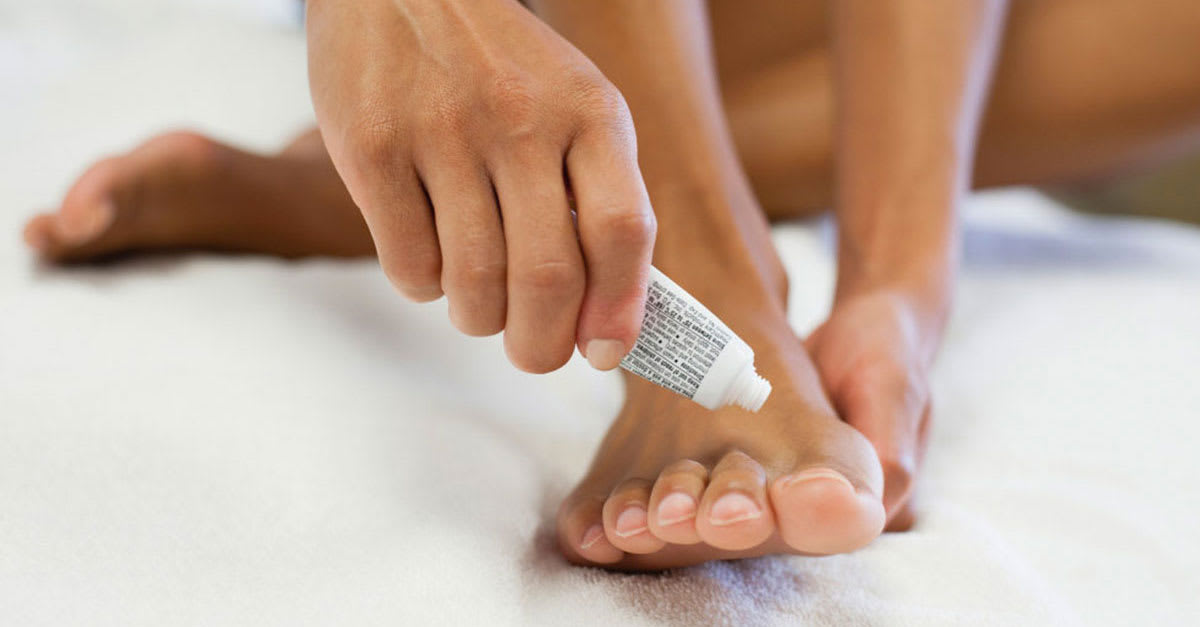How to Make Antifungal Soap: Tremendous Tips and Techniques Approved!
When it comes to personal hygiene, more health-conscious consumers are seeking natural solutions. One of the most popular topics is how to make antifungal soap. This blog will provide a step-by-step guide to making your own antifungal soap at home, thus letting you have a tremendous experience while ensuring your health is pristine. Start your journey towards better skin health today!

What is Antifungal Soap?
Antifungal soaps are specially formulated to prevent and treat fungal infections. These infections are not only uncomfortable but can escalate if not treated timely. Hence, learning how to make antifungal soap at home can be a tremendous benefit for personal hygiene and overall health.

Why Use Antifungal Soap?
Antifungal soap can help treat common fungal infections like athlete's foot, ringworm, and yeast infections. Additionally, these soaps are beneficial for people who are prone to sweating or spend significant time in communal areas such as gyms.
Knowing how to make antifungal soap at home ensures that you can control the ingredients and avoid harmful chemicals. Thus, this becomes a tremendous, approved way to keep your skin healthy and free of fungal infections.

Ingredients You'll Need
- 1/2 cup Castile soap
- 10-15 drops of tea tree oil
- 10 drops of lavender oil
- 1 teaspoon coconut oil
- 1 teaspoon olive oil
- 1 tablespoon shea butter
- 20-30 drops of grapefruit seed extract
- A mold for shaping the soap

Step-by-Step Guide on How to Make Antifungal Soap
Step 1: Prepare Your Work Space
Before you start, ensure your workspace is clean and organized. Gather all your ingredients and tools to avoid interruptions.
Step 2: Melt the Base
Using a double boiler, melt the shea butter and coconut oil together. Stir continuously until the mixture is well combined.
Step 3: Add Liquid Ingredients
Add Castile soap, olive oil, tea tree oil, lavender oil, and grapefruit seed extract to the melted mixture. Stir thoroughly to ensure all elements are well mingled.
Step 4: Pour into Mold
Once the mixture is homogeneous, pour it into your mold carefully. Let it sit at room temperature for a few hours or until it hardens.
Step 5: Enjoy Your Homemade Antifungal Soap
Once set, remove the soap from the mold and enjoy its benefits. Store your homemade soap properly to ensure longevity.
Precautions and Considerations
Always do a patch test before using new skincare products, even if they are homemade. Essential oils can be potent, and it's crucial to ensure you are not allergic to any of the components.
Children and pregnant women should exercise caution and consult a healthcare provider before using antifungal soap with essential oils.
Additional Tips
- Consider adding aloe vera gel for extra moisturizing benefits.
- Oatmeal can help exfoliate and soothe the skin.
- Label your soap clearly, including an ingredient list, for future reference.
Benefits of Homemade Antifungal Soap
Learning how to make antifungal soap at home comes with numerous benefits. These include the freedom to choose natural and safe ingredients, customization according to your needs, and cost-effectiveness compared to commercial products.
Moreover, it is tremendously satisfying to create something beneficial for your health. You can also ensure that your soap is free from harmful chemicals commonly found in store-bought varieties.
Frequently Asked Questions
Is antifungal soap safe for daily use?
Yes, antifungal soaps made from natural ingredients can be safe for daily use. However, perform a patch test first to ensure no allergic reactions.
Can I use other essential oils?
Absolutely! Feel free to experiment with essential oils like eucalyptus or peppermint, keeping in mind their skin benefits.
Where can I buy ingredients for antifungal soap?
You can find ingredients for making antifungal soap at health food stores or online retailers like Amazon.
As an Amazon Associate, I earn from qualifying purchases.

